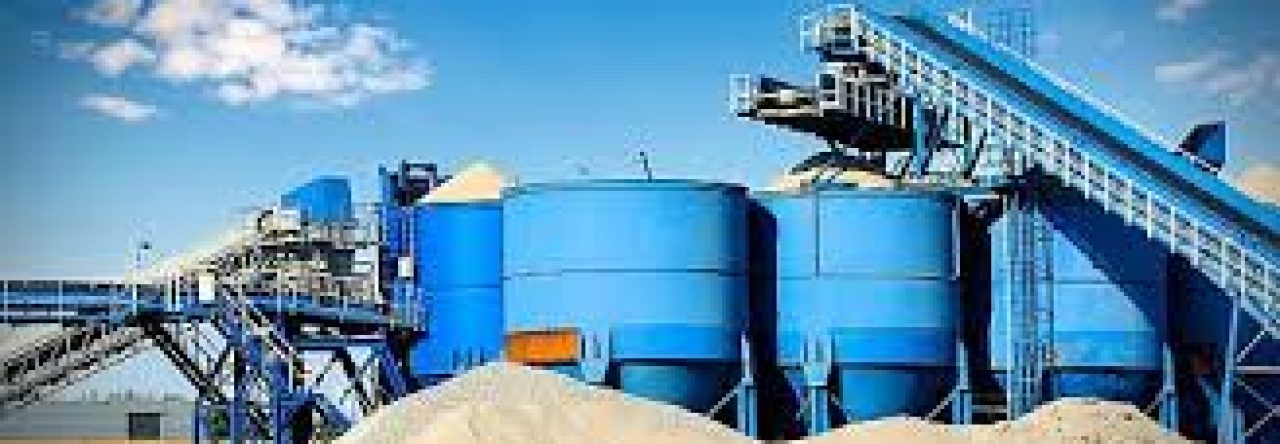In the vast and intricate landscape of industrial and commercial piping systems, malleable iron fittings stand out as the versatile linchpins, seamlessly adapting to the diverse needs of various sectors. From quenching the thirst of entire communities with reliable drinking water to powering the might of compressed air and gas systems, these unassuming components demonstrate an unparalleled ability to overcome the unique challenges faced across a wide spectrum of applications.
Safeguarding Public Health through Reliable Water Delivery
Malleable iron’s compatibility with potable water and its resilience against water hammer make it the trusted choice for potable water distribution systems. These fittings are the silent guardians, ensuring the reliable and safe delivery of clean water – a fundamental necessity for communities and businesses alike, fulfilling their vital role as protectors of public health.
Powering Essential Operations with Robust Strength
The exceptional strength and vibration-damping properties of malleable iron fittings allow them to withstand the rigors of compressed air and gas applications. These robust companions are the trusted linchpins of industrial and commercial facilities, seamlessly integrating into systems that power essential operations, showcasing their adaptability in the face of demanding requirements.
Safeguarding Lives and Property with Corrosion Resistance
In the realm of fire protection and sprinkler systems, the threading on malleable iron fittings simplifies installation, while their corrosion resistance maintains the integrity of these critical life-saving systems. These unassuming linchpins play a pivotal role in safeguarding lives and property, ensuring the reliable functioning of sprinklers when seconds count, demonstrating their essential contribution to public safety.
Transporting Essential Fuels with Unwavering Resilience
Malleable iron’s ability to withstand corrosion from a diverse range of fuels, including natural gas and propane, makes it a reliable choice for the transportation of these essential resources. These fittings serve as the unsung linchpins, seamlessly connecting the pipework that powers homes, businesses, and industries, ensuring the uninterrupted flow of the energy that fuels our modern world.
Thriving in Demanding Outdoor Environments
Malleable iron fittings excel in challenging outdoor applications, such as agricultural irrigation systems. Their ease of threading and remarkable weather and chemical resistance ensure long-lasting performance, even in the face of harsh environmental conditions, proving their adaptability to the unique requirements of the great outdoors.
Integrating Seamlessly with HVAC Systems for Comfort
Malleable iron fittings seamlessly integrate into commercial heating, ventilation, and air conditioning (HVAC) systems, connecting supply and return piping to facilitate the efficient and safe transport of heated water and steam. These unobtrusive linchpins play a crucial role in maintaining comfortable indoor environments, demonstrating their versatility in supporting the systems that keep us comfortable.
Adapting to Evolving Plumbing Demands
The threading on malleable iron fittings allows for simplified repairs and modifications in commercial plumbing systems, where they are used to carry both water and waste. This versatility makes them indispensable linchpins in the ever-evolving world of building services, adapting to the changing needs of modern infrastructure.
Securing Critical Energy Infrastructure
Malleable iron fittings’ capability to handle the transport of hydrocarbon fuels, combined with their secure thread sealing properties, make them a preferred choice for oil and petroleum infrastructure. These linchpins ensure the safe and reliable flow of essential energy resources, serving as the unsung heroes that keep our world powered.
Guarding Water-Based Facilities
The chlorine resistance of malleable iron fittings ensures their suitability for connecting piping in pool filtration and water treatment systems. These unsung linchpins contribute to the overall health and safety of recreational and commercial water facilities, demonstrating their adaptability to the unique demands of water-based applications.
Across this diverse landscape of industrial and commercial applications, the versatility of malleable iron pipe fittings is underpinned by their unique combination of threading, corrosion resistance, and exceptional strength – making them the go-to linchpins for a wide range of critical infrastructure and commercial needs, constantly adapting to the ever-evolving demands of modern systems.
